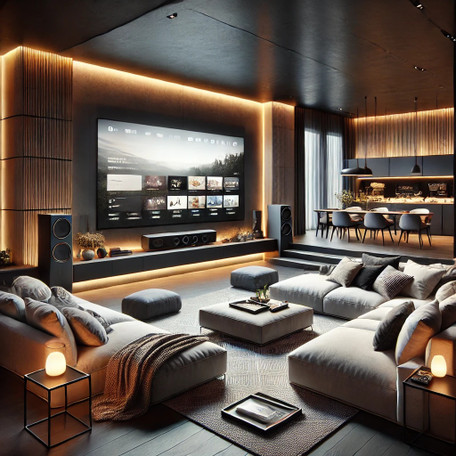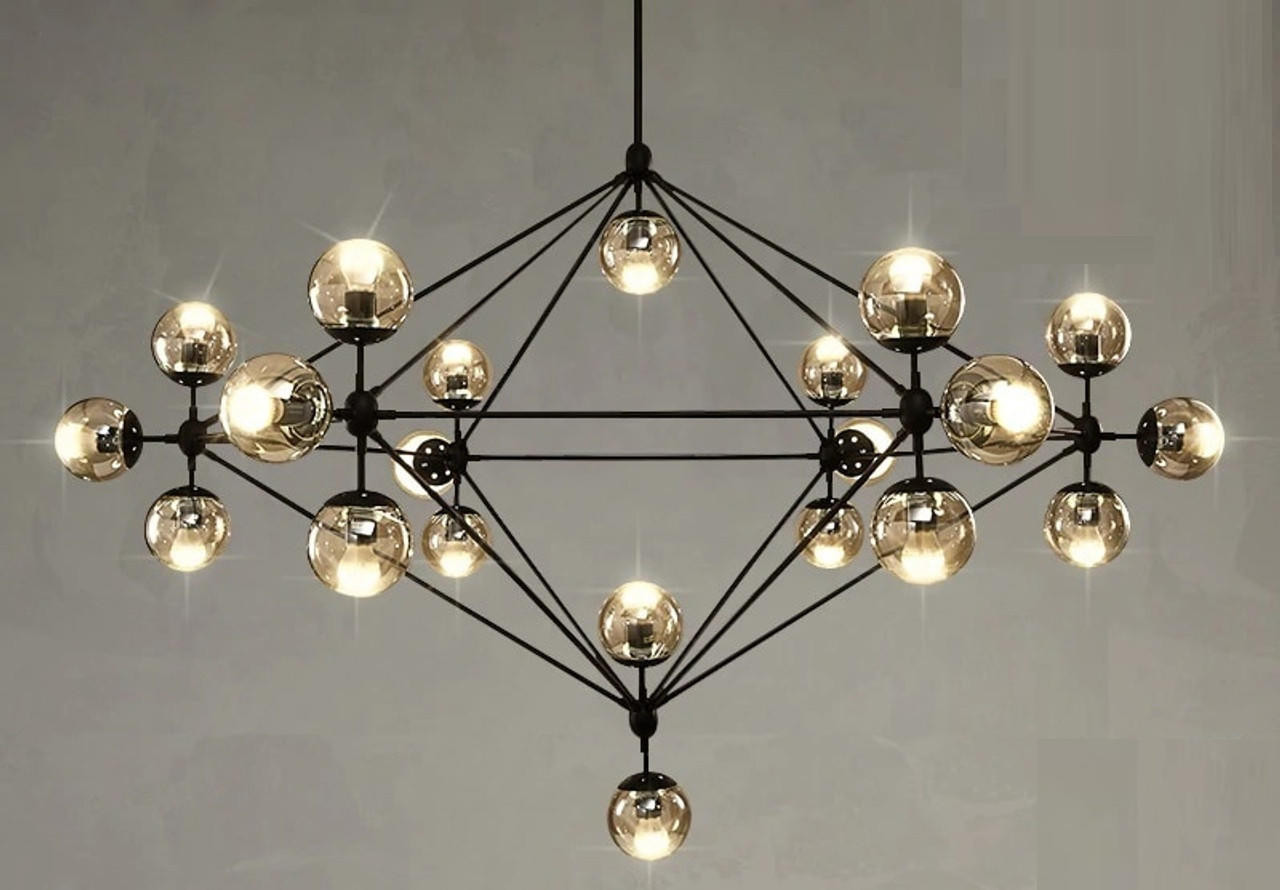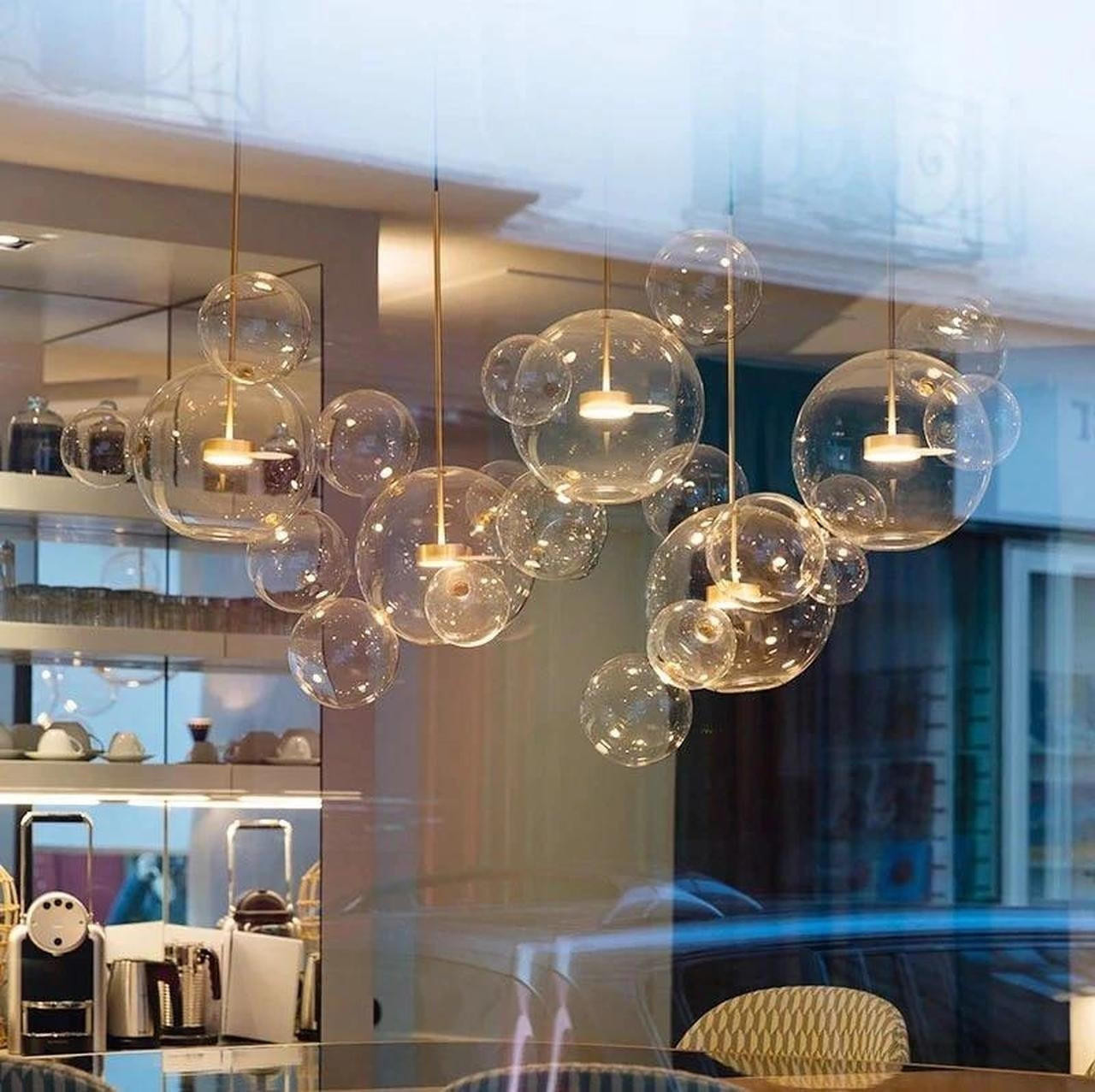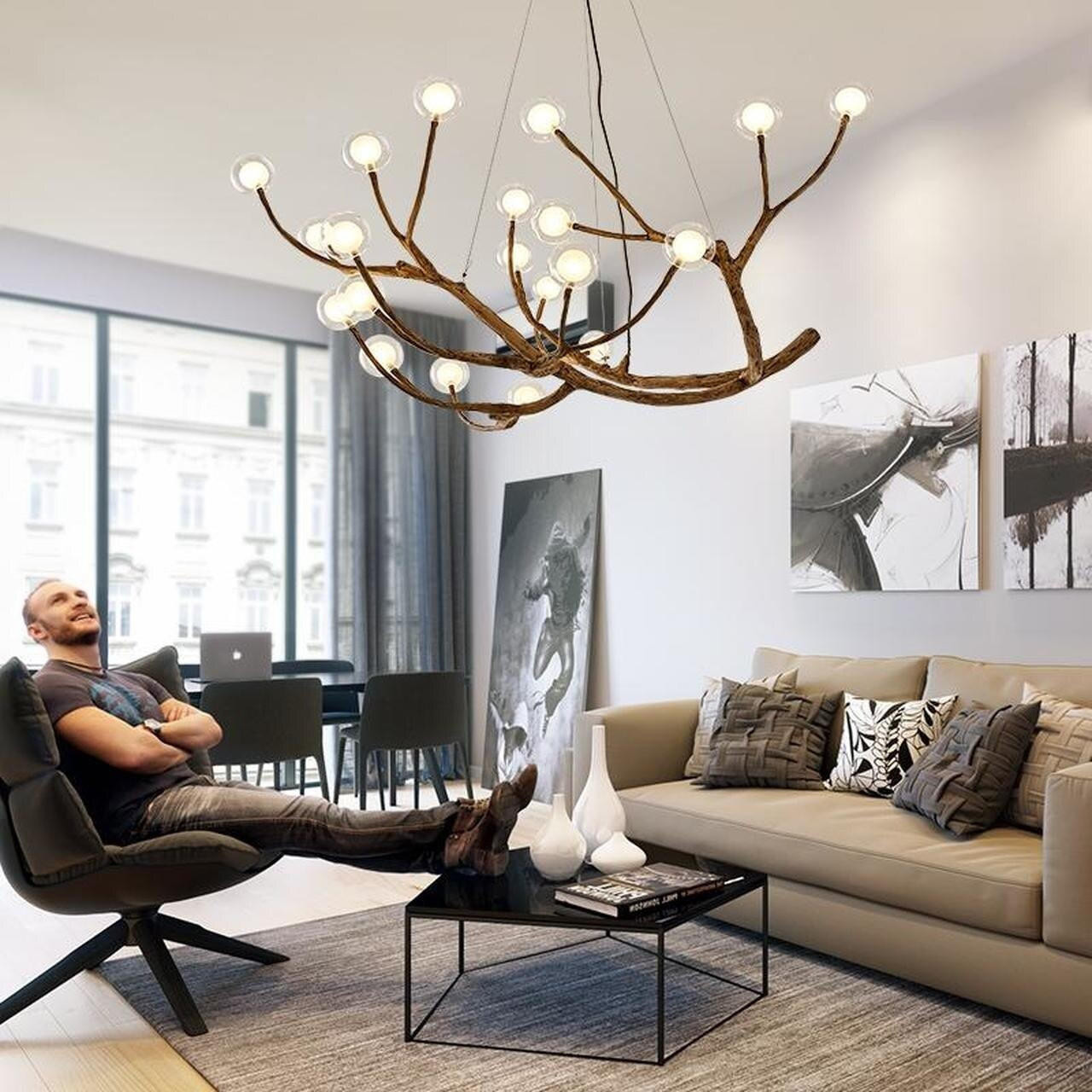How Netflix Has Transformed Residential Design Through Our TV Obsession
2nd Aug 2024
How Netflix Has Transformed Residential Design Through Our TV Obsession
Introduction
Television has always been a cornerstone of modern entertainment, but the rise of streaming services like Netflix has fundamentally altered our viewing habits and, consequently, the design of our living spaces. Gone are the days of scheduled TV programming; we now live in an era of on-demand, binge-watching culture. This shift has not only changed the way we consume media but also how we design our homes. This blog explores how Netflix and our obsession with TV have redefined residential design, demonstrating that comfort reigns supreme in the realm of design.
The Evolution of TV Viewing
From Scheduled Programming to Streaming Services
The traditional model of TV viewing involved fixed schedules and appointment television, where viewers had to tune in at specific times to catch their favorite shows. The advent of streaming services, with Netflix leading the charge, has dismantled this model. Netflix offers a vast library of content available at any time, enabling viewers to watch what they want, when they want. This on-demand accessibility has transformed television into a more flexible and personalized experience.
The Rise of Binge-Watching
One of the most significant shifts brought about by Netflix is the phenomenon of binge-watching. The platform's strategy of releasing entire seasons of shows at once encourages viewers to consume content in marathon sessions. This behavior has become so prevalent that it has influenced various aspects of our lifestyle, including how we design our living spaces to accommodate extended viewing periods.
Redefining the Living Room
The TV as the Focal Point
In contemporary home design, the television has emerged as the central element around which the living room is organized. This shift is a direct result of the importance of TV in our daily lives. Designers now prioritize creating a space that maximizes the viewing experience.
Seating Arrangements
Comfortable seating is crucial for extended TV watching sessions. Sectional sofas, recliners, and even chaise lounges are popular choices that provide ample space and comfort. These seating options are often arranged to ensure that every seat has a good view of the TV, reinforcing the TV's role as the focal point of the room.
Lighting Design
Lighting plays a significant role in enhancing the viewing experience. Homeowners and designers are increasingly opting for ambient lighting solutions that minimize glare on the TV screen. Dimmable lights, backlighting, and strategically placed lamps help create a cozy and immersive environment suitable for binge-watching.
Acoustics and Soundproofing
To complement high-quality visuals, sound is another critical component of the home viewing experience. Acoustic panels, soundproofing materials, and advanced home theater systems are becoming standard in modern living rooms. These elements help to create an immersive audio experience that matches the high-definition visuals provided by today's advanced televisions.
Home Theaters and Media Rooms
The Ultimate Viewing Experience
For many, the living room is no longer sufficient to meet their TV viewing needs. Dedicated home theaters and media rooms are becoming increasingly popular. These spaces are designed to replicate the cinematic experience, providing an optimal environment for watching movies and TV shows.
Design Elements of a Home Theater
A home theater typically includes a large screen or projector, surround sound systems, and tiered seating to ensure an unobstructed view for all viewers. The walls are often adorned with dark, sound-absorbing materials to enhance both visual and auditory experiences.
Multi-Functional Media Rooms
While home theaters are dedicated to viewing, media rooms offer more versatility. These spaces often combine elements of a traditional living room with high-end entertainment systems. They might include gaming consoles, VR setups, and even small bar areas, making them a hub for various forms of entertainment.
Comfort-Driven Design
Ergonomics and Furniture
As TV viewing becomes a primary activity in the home, the importance of ergonomic furniture has grown. Designers are focusing on creating furniture that supports the body during long periods of sitting. This includes adjustable headrests, lumbar support features, and footrests that ensure maximum comfort.
Modular Furniture
Modular furniture is another trend influenced by the binge-watching culture. Pieces that can be reconfigured to suit different needs – from lounging to hosting guests – provide flexibility and adaptability. This versatility is particularly valuable in smaller living spaces where maximizing functionality is essential.
Cozy and Inviting Spaces
The aesthetic of modern living spaces is increasingly geared towards creating a cozy and inviting atmosphere. Soft textiles, warm colors, and plush rugs are all elements that contribute to a comfortable environment ideal for extended TV viewing.
Personal Touches
Incorporating personal touches such as family photos, favorite books, and art pieces can make a space feel more homey and personalized. These elements add to the comfort and appeal of a room, making it a pleasant space to spend time in.
Integrating Technology
Smart Homes and Automation
The integration of technology in home design goes beyond the TV itself. Smart home systems that control lighting, sound, and temperature with the touch of a button or a voice command are becoming increasingly popular. These systems enhance the convenience and comfort of the home viewing experience.
Voice-Controlled Assistants
Voice-controlled assistants like Amazon's Alexa and Google Home can be used to control the TV, adjust lighting, and even order snacks, all without leaving the comfort of the sofa. This integration of technology creates a seamless and immersive viewing experience.
Streaming Devices and Connectivity
With the proliferation of streaming devices like Roku, Apple TV, and Amazon Fire Stick, connectivity is a crucial consideration in modern home design. Ensuring robust Wi-Fi coverage throughout the home is essential for uninterrupted streaming.
Outdoor Entertainment Spaces
Extending the Viewing Experience
The influence of TV on home design is not confined to indoor spaces. Outdoor entertainment areas are becoming increasingly popular, offering a new dimension to the viewing experience.
Outdoor Screens and Projectors
Weather-resistant TVs and projectors allow for movie nights under the stars. These outdoor setups often include comfortable seating, fire pits, and ambient lighting to create a unique and enjoyable viewing environment.
Multi-Functional Outdoor Spaces
Outdoor spaces designed for TV viewing are often multi-functional, serving as areas for dining, socializing, and relaxation. This versatility ensures that these spaces can be enjoyed in various ways, making them a valuable addition to the home.
The Impact on Other Rooms
Bedrooms as Secondary Living Spaces
The trend of binge-watching has extended the influence of TV beyond the living room. Bedrooms are increasingly being designed as secondary living spaces where people can watch TV in comfort and privacy.
Comfortable Bedding and Seating
High-quality bedding and comfortable seating options such as armchairs or small sofas are essential for creating a cozy TV-watching environment in the bedroom. Adjustable beds that allow for different viewing angles are also gaining popularity.
Integrated Storage Solutions
To maintain a clean and organized look, integrated storage solutions that hide wires and equipment are crucial. Built-in shelves and cabinets can house streaming devices and other technology, keeping the space tidy and functional.
Kitchen and Dining Areas
TVs are finding their way into kitchens and dining areas, reflecting our desire to stay connected to our favorite shows even while cooking or eating.
Under-Cabinet and Wall-Mounted TVs
Under-cabinet and wall-mounted TVs are practical solutions for integrating screens into kitchen spaces. These setups allow viewers to watch TV without sacrificing counter space or the kitchen's aesthetic.
Open-Plan Living
Open-plan living designs that combine kitchen, dining, and living areas make it easier to watch TV from multiple vantage points. This layout encourages social interaction and keeps family members connected even while engaging in different activities.
The Influence of Design Trends
Minimalism and Maximalism
The influence of Netflix and TV culture on home design can be seen in both minimalist and maximalist trends.
Minimalist Spaces
Minimalist design, characterized by clean lines, neutral colors, and uncluttered spaces, creates a serene environment ideal for focused TV viewing. Hidden storage solutions and streamlined furniture contribute to a sleek, modern look.
Maximalist Spaces
On the other end of the spectrum, maximalist design embraces bold colors, eclectic décor, and layered textures. This approach creates a dynamic and visually stimulating environment that can enhance the viewing experience.
Sustainable and Eco-Friendly Design
Sustainability is an increasingly important consideration in residential design. Eco-friendly materials, energy-efficient appliances, and sustainable building practices are becoming standard in modern homes.
Green Building Materials
The use of sustainable materials such as reclaimed wood, bamboo, and recycled metals not only reduces the environmental impact of a home but also adds unique character and warmth to the design.
Energy Efficiency
Energy-efficient appliances, including smart TVs and lighting systems, contribute to lower energy consumption and reduced utility bills. Solar panels and other renewable energy sources are also being integrated into home designs, reflecting a broader commitment to sustainability.
Conclusion
The impact of Netflix and our TV obsession on residential design is undeniable. As television becomes an increasingly central aspect of our lives, our homes are evolving to accommodate and enhance the viewing experience. From the arrangement of living rooms to the creation of dedicated home theaters and outdoor entertainment spaces, comfort and convenience are at the forefront of modern design. By prioritizing ergonomics, integrating technology, and embracing both minimalist and maximalist aesthetics, designers are crafting spaces that reflect our love of TV and our desire for a cozy, engaging home environment. As we continue to navigate the ever-changing landscape of media consumption, one thing remains clear: comfort truly reigns supreme in the realm of residential design.




